Stagelists and Banning Procedures for Smash Ultimate (Pre-Release Version)
Abstract (i.e. TL;DR)
There are an absolutely massive number of viable rulesets and stagelists for Super Smash Bros. Ultimate. Most options do not have an objectively best decision, with each choice having pros and cons. Do not be skeptical over seemingly poor decisions you see made ahead of release, as they may be just as carefully considered as any others. Allow for experimentation once the game releases and carefully study the results.
This document does not recommend any ruleset in particular.
Introduction
The balance of Super Smash Bros., as a platform fighter, is significantly affected by the layout of its stages. It’s in the best interest of the competitive community to develop a list of legal stages, as well as a procedure for choosing the stage for any given tournament game, which is fair while still allowing for strategic choice and interesting gameplay.
This document aims to develop a reasonable standard by which such a ruleset may be developed for Super Smash Bros. Ultimate. Each section will explain a particular challenge that ruleset designers must understand and overcome.
This document’s discussion is tailored to singles (1v1) play, but the same concepts may be applied in other metagames, or other games entirely.
The Number of Legal Stages
Before discussing which stages should be legal, it’s worth understanding how many should be allowed, in order to adjust how selective one must be. The foremost concern restricting the valid number of legal stages is the banning procedure.
Banning Procedures
The most common first-game stage banning procedure in competitive Smash Bros. involves taking a subset of the full legal stagelist (called the “Neutral stages”) and having both players “strike” or “ban” stages from that list until only one stage remains, which is the stage chosen for the first game of the set.
Bans usually take place as a series of "turns" where one player gets a specified number of bans. A banning sequence like 1-2-1 indicates that the first player to make a ban (typically decided by Rock-Paper-Scissors) bans one stage, the second player bans two stages, and the first player bans one more stage, for a total of 4 stages banned.
The aim of this process is to ensure each player has an opportunity to avoid the stages which most greatly reduce their chances of winning, i.e. the worst stages for the matchup. In order to allow for a fair first-game banning procedure, some constraints should be placed on the number of legal neutral stages (neutrals):
- The number of neutrals should be odd. Both players should receive the same number of bans. Since one stage must remain at the end of banning, the number of neutrals should be of the form 2n+1.
- Earlier bans are less valuable. When one player makes the first ban, they are giving up key information on their competitive preferences. Even if both players would ban a stage, the first risks wasting their ban on a stage the other would have banned by their opponent anyways. This disadvantage should be compensated in two ways:
- The first and last bans should be made by the same player. As a result, the number of neutrals should be greater than 3. In other words, there must be an odd number of turns. 3 stages only allow for a "1-1" (first player bans one stage, second player bans a second stage) banning sequence. This is inherently unfair to the first player, and so cannot be allowed. Neutral stagelists must consist of 5 or more stages.
- Banning sequences where one player must make many bans at once should be avoided. Having to ban 3 or more stages at once requires a player give up a significant amount of information on their stage preferences, without any feedback, and so should be avoided. This means that a banning sequence like 2-3-1 (7 neutrals) should be avoided.
- Long banning sequences cause a greater risk of human error. If players alternate bans several times, there is an increased risk of one accidentally banning a stage already banned, forgetting how many bans they can currently make, or stopping the banning sequence before all bans are used. Thus, banning sequences with many turns should be avoided.
- Considering this alongside the previous rule, that long turns (3 or more bans at a time) should be avoided, means that large numbers of neutral stages (e.g. more than 9) should be avoided.
- Long banning sequences can also provoke decision fatigue over the course of a tournament. This can lead to players who make it far in tournament making poorer decisions as the event goes on, both in stage selection and in actual play.
Based on these guidelines, there are 3 preferable numbers of neutral stages: 5, 7, or 9. Based on the heuristics listed above, the following banning sequences are recommended for each number:
- For 5 neutrals: 1-2-1
- For 7 neutrals: 1-1-1-2-1
- For 9 neutrals: 1-2-2-2-1
Counter-pick Stages and Banning
Above was discussed process of choosing the stage of the first game from the subset of legal stages called "neutrals". Stages which are legal but not neutral are considered counter-picks, and are only available when choosing stages for subsequent games in a set. Neutral stages are still available. A stagelist does not necessarily need to have counter-pick stages, but most Smash titles' standard rulesets include one or more counter-picks. Counter-picks are a useful way to increase the overall length of the legal stage list, while maintaining a usable number of neutrals (5, 7, or 9). Other guidelines for categorizing stages as counter-picks are discussed below.
The traditional Smash counter-picking procedure has two rules:
- The winner of the previous game bans one stage from the full stagelist (neutrals + counter-picks).
- Another stage may be disallowed due to a stage clause. Stage clauses are bans which take place automatically. The following are some examples of stage clauses:
- DSR (Dave's Stupid Rule) - A player may not counter-pick to a stage they have won on during the set.
- MDSR (Modified DSR) - A player may not counter-pick to the previous stage they won on during the set. Like DSR, but only cares about the player's previous win.
- NRC (No Re-Counters) - A player may not counter-pick to the previous stage they counter-picked to and won on during the set. Like DSR, but disregards the result of the first game of a set.
Note that the number of counter-pick bans is not required to be 1, and there is no requirement for a ruleset to include a stage clause. For example, common rulesets for both Project M and Rivals of Aether require that the winner of the previous game bans 2 stages rather than 1 (See section Existing Rulesets for details). These examples are pertinent due to their stagelists being large relative to past official Smash titles, which is anticipated to also be the case for Ultimate.
Many rulesets also differentiate between best-of-3 (BO3) and best-of-5 (BO5) sets when determining the procedure for counter-picking. For example, some Melee rulesets do not allow the winner to ban a stage in BO5 sets, making the stage clause the only restriction on counter-picking. This is likely due to the accumulation of DSR bans over longer sets. Care should be taken to ensure fair sets can always be played if a stage clause is used in long sets.
In general, when considering whether to implement a stage clause, a ruleset designer should compare a ruleset with n counter-pick bans and no stage clause to n-1 counter-pick bans and a stage clause. This is because a stage clause is effectively equivalent to one or two involuntary bans on the part of the counter-picker.
Comparison of Counter-pick Bans and Stage Clauses
The commonly cited purpose of a stage clause is to encourage variety in the stages used in a set. By preventing players from choosing the same stage twice, they are forced to consider alternative ways to achieve an advantage through stage choice. None of the listed stage clauses affect games 1 or 2, and NRC cannot affect a BO3 set at all, since each player chooses, at most, 1 counter-pick stage in a BO3 set.
For this reason, one should consider, in particular, the metagame of stage banning in game 2 of a set. In a ruleset including only 1 counter-pick-ban, the loser of game 1 will always (presumably) be able to choose their 2nd best stage for the matchup, assuming the opponent bans the loser's actual best stage. Depending on the variety of stages included as counter-picks, this may give the loser of game 1 an unavoidable major advantage in game 2, which may be undesirable. For example, if a stagelist includes more than one stage which facilitates early ladder-to-death combos, and there is only 1 counter-pick ban, a player using a character able to perform such combos will be very likely to win game 2 should they win game 1. This diminishes the meaning of game 1 in determining the outcome of a set. If the winner had 2 counter-pick bans, the choice of stage game 2 would be inherently less polarizing.
This is, of course, a hypothetical argument. Given enough polarizing counter-pick stages, no number of counter-pick bans may be enough to avoid the loser of game 1 having a major advantage going into game 2. Thus, the number of counter-pick bans should be decided based on the actual stagelist chosen, as well as by observing the effects of that stagelist on the metagame.
Alternate Stage Picking Procedures
While stage striking is a tested, robust method for choosing relatively fair stages for competitive play, it's not the only possible method. Here are some other potential schemes:
- Random Stage - Stages can be selected randomly, either through external randomization (e.g. coin toss, dice roll) or using the in-game random stage option. This procedure can be combined with stage bans, so that each player strikes stages until a specified point where one of the remainders is selected randomly. In general, randomness should be avoided in competitive play. While it may be fair on average, it is rarely fair in any given instance, allowing for unlucky stage selections to be blamed for losses and upsets.
- Gentleman - Many rulesets have a "Gentleman clause", which allows players to agree to any legal stage (including counter-picks) without going through a full stage ban procedure. Since both players must mutually agree to a stage, it can be argued that the selection will always be fair. However, gentleman clauses can abuse the human mental bias against making difficult choices, or that against disagreeing with others, particularly those one respects. For example, a hypothetical malicious top player could abuse the respect of lower level players to coerce them into gentleman'ing to advantageous stages. Regardless, a Gentleman clause can only be used as an alternative to another procedure, as two players are never guaranteed to agree.
- Stage Nomination - This refers to the general group of procedures which involve one or both players nominating stages they would like to play on, rather than banning stages they would like to avoid. There are many directions these can take, but many of them inherently require blind/simultaneous choices on the part of both players in order to avoid major information advantages. Since the game provides no faculties for blind stage choice, this requires a trusted 3rd party to aid in selection, which may be inconvenient. Simultaneous choice may also open up opportunities for gaming the system by making dishonest selections to avoid giving information to the opponent, or to force the opponent to make disadvantageous selections later on.
- For example, consider a selection procedure where each player simultaneously nominates 1 stage at a time. If they choose the same stage, it is played on. If they disagree, both stages are banned. If both players select their most advantageous stages at each step, this will result in a fair choice by the end. However, if one player selects their most advantageous choice, and the second player maliciously selects the first player's second-most advantageous choice, both of the first player's best stages are now banned, while none of the second player's best stages are banned. This forces the final stage picked to be toward the second player's advantage.
- Stage nomination exclusively for counter-picking may be more benign. There exist proposals for 3-2-1 or 5-2-1 counter-pick procedures, where the loser of a game would propose 3 or 5 stages they would like to play on, the winner would select 2 of them that they are willing to play on (i.e. ban 1 or 3 of the loser's selected stages), and the loser would choose one of the remaining stages as their counter-pick. When comparing these types of procedures to ordinary counter-pick bans, bear in mind how well they allow the winner to avoid playing on the loser's strongest stages. For example, 3-2-1 counter-picking is roughly equivalent to a single ban, since the winner may only choose one stage they don't want to play on.
Criteria for a Legal Stage
In competitive play, a large number of game elements are disallowed in the name of improving competitive utility and mitigating competitive degeneracy. Both are subjective terms.
Competitive utility is defined here to refer to the sum of ways in which a game element tests each player's proficiency and superiority relative to one another. This includes tests of technique (a single player's ability to perform difficult actions) and wit (a player's ability to outsmart the opponent in an advantageous way).
Competitive degeneracy is defined to refer to the sum of ways in which a game element detracts from each player's ability to succeed through proficiency and superiority, as described above. This includes elements which introduce unpredictability to the results of interactions in ways which cannot be strategically manipulated. This also includes elements which diminish the utility of other elements through overwhelming strength in determining the outcome of an interaction, game, or set, such as random items, Final Smashes, and stage walk-offs.
Potentially Degenerate Stage Features
The following stage features, in no particular order, may be considered competitively degenerate:
- Walk-offs - A stage has a walk-off if a part of the stage platform extends all the way to one or both side blastzones, such that a player can "walk-off" the stage to die instantly. This degenerates gameplay into a 50/50, where a player with a percent or stock lead can stay directly by a blastzone. The opponent must approach to recover the lead, but can be instantly KO'd at any percent should they incorrectly guess their opponent's option and get hit or thrown directly into the blastzone.
- Major hazards - A stage hazard is any element of a stage which can damage, move, or otherwise interfere with fighters to an extent similar to another fighter. Examples include the bumper in Peach's Castle, the acid in Brinstar, the Yellow Devil in Wily Castle, Whispy's blowing breath in Dream Land 64, etc. The extent to which these hazards are avoidable or abusable must be evaluated on a case-by-case basis, but as a general guideline, one should avoid stages which make players feel as though they are "fighting the stage" rather than their opponent.
- Platforms over voids - If there is no solid ground below a platform, then it is much more difficult to safely approach or pressure an opponent standing on it. For example, in Smash 4 on Smashville, when the platform is fully extended off-stage, it is impossible for a player to reach an opponent at its outer edge without jumping onto it, or running off-stage and double-jumping onto it, both of which place the approacher at a major disadvantage. This disadvantage is compounded by the fact that these platforms are typically very close to side-blastzones, creating potential win/lose 50/50s, similar to walk-offs.
- Walls on the ground - In past Smash titles, it has been possible to perform extended or even infinite combos by using a vertical wall to keep the opponent in place for repeated follow-ups. Walls also force an approaching player to jump over them, placing themselves in disadvantage. As a result, stages should not have walls on standable ground. Examples include Rainbow Cruise and Corneria. This does not refer to stages with walls extending below ledges, such as Yoshi's Story (Melee) or WarioWare.
- Major asymmetry - In Smash 4 onward, the side of a stage each player spawns on is decided randomly, rather than through port priority (each controller port being assigned a spawn position). Most stages (and virtually all game mechanics) are symmetrical left-to-right. However, some stages, such as Castle Siege and Frigate Orpheon, start off and remain asymmetric. This can place one player at an instant advantage from the start of a match. For example, a character such as Villager can immediately use their projectile aerials to pressure an opponent, if they start out on lower ground. Some asymmetry may be acceptable, depending on how degenerate the advantage provided is.
- Steep slopes - Many characters can have trouble hitting an opponent on a steep slope. If one is attempting to hit an opponent lower on the slope, they may have no grounded hitboxes which hit low enough. Grabs, tilts, and aerials may all miss. This type of terrain may cause players to be stuck in corners from which they can apply no pressure, thus degenerating gameplay to positioning on the slope.
- Gaps or pits - If a stage has a gap or pit in the middle of its main platform (e.g. Jungle Japes, Reset Bomb Forest), a player must jump to approach their opponent, which places them at a disadvantage, enabling camping and kiting. Narrow gaps can also enable characters with wall-jumps and clings to camp near the bottom blastzone for extended periods of time.
- Excessively high platforms - High platforms may be difficult or impossible for some characters to reach without committing to a severely punishable option. The major example of this is Duck Hunt, which includes a tree platform which, in Smash 4, could not be reached by Little Mac and Ganondorf without using their up-specials. Even against characters who require less commitment, very high platforms can promote camping. Moreover, high platforms can allow for very early KO's off the top blastzone, making approaching very risky, similar to walk-offs.
- Bad ledge geometry - Many characters have recoveries which can be cut short by colliding with a ceiling, sending the fighter falling to their death. This is often called "pineappling", after the bottom of Dream Land 64, which looks like a pineapple. Most legal stages have inward slopes underneath their ledges, which allow such characters to avoid pineappling without needing precise angles and/or positioning. Stages with geometry which makes it difficult to avoid pineappling (e.g. Omega Eldin Bridge in Smash 4 or Pokémon Stadium in Melee) should be avoided.
- Semisoft platforms - This term refers to platforms which can be risen through from below, but which cannot be fallen through from above. For example, the main platforms of Kongo Jungle, Brinstar, and Skyloft. Some characters are able to stay below these platforms for an extended period of time, using aerials to attack the opponent from below, while being unapproachable themselves. This is known as "sharking", and is a form of camping. Sharking may be degenerate against characters without the speed and recovery needed to safely pressure an opponent below the stage. However, changes introduced to Ultimate's ledge mechanics (namely, the reduction of "magnet hands" and introduction of a basic ledge-grab limit) may open up greater counterplay to sharking.
- Extremely small blastzones - Smaller blastzones cause moves to kill earlier. There is a subjective tipping point where the increase in unpredictability caused by earlier kills outweighs the utility provided by a player being able to strategically abuse the blastzones to enable kill confirms which are otherwise narrowly survivable. It may be acceptable for Bayonetta to abuse the lower ceiling-blastzone on Town and City to make her ladder combos kill more consistently, but it may not be acceptable for Mii Brawler to use the occasionally super-low ceiling on Delfino Plaza to kill at 20% with a throw combo.
- Attackable objects - Some stage features can be attacked like a player, causing hitlag and absorbing non-piercing projectiles. If these elements are large and/or unpredictable, it can provide an unfair disadvantage to fighters who rely on tight combo windows or projectiles. Examples include the balloons on Town and City and Smashville, the Shy Guys on Yoshi's Story Melee, and the bubbles on Brinstar.
Utile Stage Features
The following stage features, in no particular order, may provide competitive utility:
- Platforms or no platforms - A flat stage, like found on Final Destination, one form of Town and City, and the bulk of Kalos Pokémon League, can be used by either player to reduce the opponent's options in neutral, advantage, and disadvantage. Without platforms, one cannot run away to a platform, mix up with landing on a platform, use platforms to dodge projectiles, or perform platform-assisted combos. Having the option to choose a stage without platforms provides a useful advantage against characters who benefit greatly from these interactions (e.g. Bayonetta) and to characters who are poor at abusing them (e.g. Little Mac). For all of these reasons, a character or player may prefer stages with or without platforms.
- Slopes or flat ground - While steep slopes can be degenerate, a shallow slope can provide many of the same advantages without being overwhelming. Characters with aerial projectiles can still use low-ground to make their attacks easier and quicker to connect. Characters approaching from high ground can abuse their slightly increased air time to make aerials autocancel that normally wouldn't. Being at low ground can also make it more difficult to jump over large projectiles, making them more useful at range. A slope adjacent to a ledge, such as that found on Lylat Cruise, may make certain moves no longer hit below the ledge, diminishing the strength of some characters' ledge trapping. For all of these reasons, a character or player may prefer stages with slopes or flat ground.
- High or low platforms - Many characters can abuse higher platforms (e.g. the top platform of Battlefield) to enable situationally extended combos and early and/or more-consistent kill setups. An opponent stuck on a high platform can be both easier to pressure (as they have to spend more time in the air to reach the ground), and harder to pressure (as one cannot attack as frequently due to needing to full hop or double jump). Stages with only lower platforms can give a character access to the extra mobility they provide, without the risks associated with high platforms.
- Predictable moving platforms - Moving platforms, so long as their path and timing can be learned and planned for, can open up opportunities for interesting plays. The main examples are Town and City, Smashville, and Yoshi's Story Melee. Through superior awareness, a player can time punishes and follow-ups to coincide with ideal positioning of a platform, in order to make otherwise impossible combos possible. For example, on Yoshi's Story in Melee, top players can make suicidal edgeguards survivable using Randall the cloud. On the other hand, players will inevitably forget to or fail to properly plan for a moving platform, causing it to interfere with otherwise optimal combos. This can even be interpreted as a form of randomness, in some cases, as even an attentive player will eventually lose track of things during an intense match.
- Platforms over, near, or away from ledges - When a platform is close to or over the ledge, it increases the options available to a player while recovering. They can aim for the platform instead of the ledge, or go from the ledge to the platform using a ledge jump or double jump. These options can be anticipated and covered by an aware opponent. This opens up an extra level of strategy to the ledge game for both players. On the other hand, a simpler ledge setup increases the value of getting an opponent off-stage, since they have fewer options to cover.
- Walls or no walls below ledges - Some stages, like Yoshi's Island Brawl and WarioWare Inc. have vertical walls extending below the ledge all the way to the bottom blastzone. Using these walls, characters with wall-jumps and wall-clings can extend and mix-up their recoveries. It can also be used to tech spikes (and other attacks) just off-stage, giving an option for characters with easy-to-hit recoveries to avoid early deaths. On the other hand, a walled stage prevents an opponent from recovering from underneath the stage, making downward projectiles like Villager's forward smash more difficult to avoid.
- Smaller or larger blastzones - Just as higher platforms can be used to make vertical kill setups more consistent, smaller blastzones in each direction can make kill moves and combos work better in general. Stages with low ceiling blastzones will be prefered by characters with ladder combos. Stages with close side-blastzones will be prefered by characters with horizontal aerial chains and strong side throws. Bottom blastzones, however, do little to affect combo consistency. Instead, low bottom blastzones are often preferred by the characters with the longest-range recoveries, emphasizing their ability to go deeper than the rest of the cast.
It is worth noting that most of the above features come in pairs. This is because each one provides different characters advantages based on the degree to which they are present. Many of them are simply less extreme versions of features which are listed above as degenerate. The same feature can be interesting and advantageous or over-centralizing and frustrating, depending on the weight of its influence. As always, the evaluation of whether something is utile or degenerate is often debatable, and should be decided only after some significant deliberation.
The Stage Hazard Switch
N.B. This section describes a feature specific to Smash Ultimate. Moreover, it describes aspects of that feature which are unconfirmed, disputed, or entirely hypothetical, so it must be updated post-release to argue from certainties rather than uncertainties.
Ultimate introduces two new variations of each stage, battlefield forms and hazardless forms. Battlefield forms (like Omega forms) will ideally be totally identical, in terms of blastzone positioning and stage geometry, to Battlefield itself, so those stages should be considered as practically identical to Battlefield. However, hazardless forms make dramatic changes to many stages by removing or altering various stage elements which may be considered hazards. As a result, some hazardless stages are uniquely competitively viable relative to their base forms. For the sake of discussion, when they are compared, the base forms of hazardless stages will be called hazardful (as opposed to "hazardous", for ease of distinguishing the two terms by pronunciation). Both terms may be abbreviated ("h'less" and "h'ful") in-context.
There are some stages which are superior in their hazardless form, some which are superior in their hazardful form, and some of which may be considered competitively viable in both forms. In general, h'less and h'ful forms of the same stage should be treated as separate stages for the sake of legality, except when they are truly identical (e.g. Battlefield).
To the best of the author's knowledge, this hazard toggle setting is located in a menu separate to the stage select menu, though an icon indicating the status of the toggle is visible on the stage menu. This is different to the Omega- and Battlefield-form toggles, which can be set on the stage menu with the press of a button.
Mixed-Hazard Stagelists
A stagelist is considered "mixed-hazard" if it contains both h'less and h'ful stages, as counter-picks or as neutrals. In a vacuum, the desire to maximize competitive utility would lead to such a stagelist. However, there are some associated logistical concerns. Because the stage hazard toggle must be set in a separate menu, players must take some time to swap the toggle any time they change the class of stages they wish to play on. This amount of time is fairly small (likely on the order of 10 seconds), but not insignificant. That said, this is a minor concern.
More notable is the risk of forgetting to set the stage hazard toggle. There are some stages which cannot be distinguished between their h'ful and h'less forms at the start of a game, as their hazards are only introduced after some delay. The principle example of this are the Pokémon Stadium stages, which, in their h'ful forms, only begin to transform after 30 seconds. A valid concern is that, with a mixed-hazard stagelist, it is possible that 2 players may forget to set the hazard toggle before choosing a stage like Pokémon Stadium, play a significant portion of their game, and then be forced to reset all progress after the stage begins to transform. Other stages this may occur on include Frigate Orpheon and WarioWare Inc.
This issue can occur even in the first game of a set, since the players who previously played on a given tournament setup may have left the toggle set either way, depending on their final choice of stage.
While 30 seconds is not a great deal of lost time in terms of the length of a tournament, it can have a tremendous influence over the course of a game or set. There have been, indeed, entire high-level tournament games completed in under 30 seconds. If one player dominates the opening of a game, only to be forced to restart and lose all of their momentum when a stage begins to transform, it is reasonable to say that their earned lead has been unfairly taken away from them. When the titles and cash prizes of major tournaments are on the line, such incidents are extremely negative experiences for those involved.
The risk of such an incident is small, considering the ease of either player checking the hazard toggle icon at the stage select screen. However, a tenant of safety is that, no matter how unlikely it may seem, even the most attentive person will eventually make a mistake. Whether the small risk makes the potentially large cost acceptable should be evaluated by tournament organizers and their local communities. TO's running mixed stagelists should plan for such accidents, educate players on how to avoid them, and institute clear rulings for how to handle this issue should it arise.
One useful such ruling would be to assert that all players of a game are solely, mutually, and equally responsible for ensuring they play on the correct stage, and are both equally penalized in the event of a mistake, regardless of who the mistake benefits or costs more. This ruling ensures that both players are equally invested in the integrity of their game settings, and have no perverse incentive to blame each other, or anyone else, if an incident occurs.
Should one wish to not allow a mixed-hazard stagelist, the rules should explicitly state the required setting of the hazard toggle, and enforce that it not be changed over the course of an event.
Redundant Stages
Part of the purpose of stage bans is to allow a player to avoid the stages which confer the greatest advantage to their opponent, so that the following game is a more fair reflection of their skill levels. The ability to avoid stage disadvantage can be hampered if the stagelist contains 2 or more stages which are similar enough that they provide the same major advantages and disadvantages. For example a stagelist including both Battlefield and H'less Dream Land 64 would be unfairly advantageous to characters who benefit from the tri-platform layout, as their opponent would be forced to use their bans on both of those stages, if they have enough bans to do so at all.
Stage Grouping
In Smash 4, the generally accepted solution to this was to allow both Battlefield and Dream Land, but allow a player to ban both of them with a single ban (i.e. to optionally ban "tri-plats" as a whole, instead of just Battlefield or Dream Land). This type of ruling will be referred to as stage grouping. The only other stage group in Smash 4 is that of Final Destination with the legal Omega stages. Currently, stage grouping is essentially unique to Smash 4, with no other platform fighter using such a ruleset.
The purpose of stage grouping is to preserve access to the competitive utility provided by subtle variations between largely similar stages (e.g. the lower ceiling blastzone of Dream Land compared to Battlefield, or the walls of Omega Wily Castle compared to the ordinary geometry of Final Destination). The downside is that, if stage groups become too large and/or diverse, the shear number of options they represent for an opponent may force players to ban groups more often than an ungrouped stage, even if the individual stage is more disadvantageous than any of the grouped stages on their own. Even if a stage group contains just three stages, players may feel forced to ban the category even if they would be fine playing on one of them, since it would otherwise take two bans rather than one to avoid all their disliked stages.
With the hazard toggle introducing a large number of new, essentially redundant stages, the pros and cons of stage grouping are very relevant to the design of stagelists in Ultimate. TOs using it should carefully consider the size and diversity of stage groups. Large groups should be quickly suspect tested to ban the least competitively utile stages, so as to ensure the strategic weight of grouped bans does not become too great.
TOs not using grouping should ban redundant stage layouts entirely, but only after careful consideration of whether those stages are actually redundant from a competitive sense, or whether they merely resemble each other superficially. For example, the H'less forms of Pokémon Stadium, Pokémon Stadium 2, and Unova Pokémon League are all anticipated to be largely redundant, as they all present the same main platform layout consisting of 2 middling platforms. H'less Kalos Pokémon League is another flat stage with just two platforms, but it is not anticipated to be redundant with the aforementioned stages. This is because its platforms are located at the outer edge of the stage, above the ledges, which makes them provide fairly different competitive utility.
Rotating Stagelists
Another proposed solution to the issue of stage redundancy would be to swap out some or all stages on the stagelist over time, or over the course of individual events. A concern with this approach is difficulty of standardization. Those wishing to spread a rotating stage list must specify how rotations are determined (e.g. through community discussion, through the decisions of community representative, algorithmically, etc.), as well as ensure all individual stagelists in the rotation are still competitively fair and balanced.
Potential Legal Stages
N.B. This section describes a feature specific to Smash Ultimate. Moreover, it describes aspects of that feature which are unconfirmed, disputed, or entirely hypothetical, so it must be updated post-release to argue from certainties rather than uncertainties.
As of the writing of this article, various demo events have occurred which include the full selection of 103 stages in Smash Bros. Ultimate. Most hazardless forms of stages have been demonstrated at least once. There is a significant amount of relevant information which is not readily available, mostly with regards to exact stage geometry and the placement of blastzones. Nevertheless, here is a selection of stages considered to be of interest to competitive Smash:
For an overview of the stages discussed, check out this tool.
- Battlefield - Battlefield is an essential Smash Bros. stage. It's the tri-plat.
- Battlefield forms of other stages - Assuming there is no variation in stage geometry or blastzone positions, all battlefield forms should be legal, grouped with Battlefield. The other main concern would be copyright claims on music, which occurred on several omega stages in Smash 4, so certain Battlefield forms may be banned in recorded or streamed sets.
- Final Destination - Another essential. The most ordinary flat stage.
- Omega forms of other stages - Again, assuming there is no variation in stage geometry or blastzone positions, all omega forms should be legal, grouped with Final Destination.
- Dream Land 64
- H'ful - The only hazard on this stage is the blowing wind of Whispy Woods. This is a fairly minor hazard, but can still provide some competitive utility by effectively extending or reducing the range of standing attacks, improving corner pressure, and causing certain ledge options to force the user back off-stage. In Smash 4, this stage had an issue where its main platform was imperceptibly lower in the middle, functionally giving it a V shape. This interfered with several techniques, such as jab locks, while enhancing others, such as Quick Attack Cancel.
- H'less - Without hazards, this stage becomes largely redundant with Battlefield. In Smash 4, their major differences were in platform width, stage geometry, and blastzone size, and they were grouped together as an optional single ban.
- H'less Rainbow Cruise - The boat remains still, not travelling. This stage is highly suspect due to its asymmetry and large ground wall on the right side.
- H'less Brinstar - There is no acid, and the bubbles are solid, without a hurtbox. Even with hazards off, the body of the stage is semisoft, so it can be sharked through. It is also asymmetric. Stage size and blastzone positions may also be issues, if they are not adjusted from previous Smash games.
- Yoshi's Story (Melee)
- H'ful - The Shy Guys have hurtboxes, and the cloud (often called "Randall") cycles through the stage in a rectangular path. The cloud is predictable and regular, offering unique competitive utility, though players are occasionally saved by it unintentionally.
- H'less - There are no Shy Guys or cloud. Like Dream Land, this stage is seemingly redundant with Battlefield, though it is differentiated by its below-ledge walls and downward slants by both ledges.
- Fountain of Dreams
- H'ful - The platforms rise and fall periodically, sometimes disappearing entirely. The changing layout of this stage gives it unique competitive utility.
- H'less - The platforms do not move at all. This stage joins the family of stages redundant with Battlefield. The only major difference in stage geometry is Fountain of Dreams' under-stage pillar, which can be used for wall-jumping / clinging.
- H'less Pokémon Stadium - The stage does not transform, remaining in its flat, two-platform layout. This layout is popularly considered the most neutral possible stage layout in Smash. This stage is strongly favored as a neutral, assuming that one of the stages it's potentially redundant with aren't considered superior.
- Delfino Plaza - This stage seems largely unaffected by the hazard toggle, as it still moves around and transforms. This stage was tested in both Brawl and Smash 4, and banned for largely the same reasons in each: layouts with walkoffs, layouts with ground walls, low blastzones (especially during transitions) and a semisoft main platform. Most of these issues seem unaffected by the changes in Ultimate.
- H'less WarioWare, Inc. - No minigames start, so the stage remains in its rectangular, four-platform layout. This stage's layout isn't really found on any other stage. The primary concerns with this stage are that the stacked platforms will be too polarizing toward characters with ladder combos, and that the blastzones may be degenerately small.
- H'less Frigate Orpheon - The stage never flips or transforms, remaining in its initial layout. Asymmetrical, with one standard platform and one moving semisoft platform. When the right platform moves down, a new ledge appears on the stage's right side. There is some concern that this may cause some jank. Moreover, the semisoft platform presents a sharking concern.
- Yoshi's Island (Brawl)
- H'ful - The top platform tilts slightly. Shy Guys appear and have hurtboxes, similar to Yoshi's Story Melee. Randomly, a ghost carrying a platform on its head will rise up from the bottom blastzone on either side of the stage. The major concern with this stage is the ghost platforms, which are random and unpredictable. This platform can make and break plays without warning.
- H'less - The top platform is static and flat. There are no Shy Guys or ghost platforms. This stage's uneven ground and walls are its main points of utility. As a stage with a single, centered platform, it is similar to h'less Smashville, though it is believed to be physically smaller, with a relatively larger top platform. Because of this, the uneven ground, and the walls, these stages may or may not be considered redundant.
- H'less Halberd - The stage still travels and transforms, but there is no bomb, claw, or laser canon to interfere with the fight. Even without these issues, this stage was contentious in previous titles. The stage begins with a brief walk-off, and the following rapid transition can make for easy kills. The bulk of the stage's time is spent in a semisoft form, allowing for sharking. The ceiling blastzone was also quite low in this form.
- Lylat Cruise
- H'ful - Like in Smash 4 and Brawl, the stage tilts side to side with one of many set patterns which, while not technically random, are various enough that they are virtually never planned around. Particularly in Smash 4, this stage was infamous for collision issues causing fighters to pineapple easily, and to occasionally clip and fall through the stage entirely.
- H'less - The stage simply does not tilt. This stage has a unique, symmetric platform layout, with a mostly flat main platform. Of contention are the downward-sloped edges and outer platforms, which can present advantages and disadvantages for many of the reasons described in the sections on degenerate and utile stage features.
- H'less Pokémon Stadium 2 - As stated above for Pokémon Stadium 1, the plain two platform layout is strongly appealing. Unlike PS1, however, PS2 did not have significant issues with its ledge geometry, so it's likely the preferred option before testing can be done to compare them.
- H'less Castle Siege - The stage does not transform, appearing only in its first form. This stage was tested in both Brawl and Smash 4. In the former, it's a reasonably common counter-pick, but it is banned in the latter. While its second transformation was the most degenerate, the first has shown issues in terms of its asymmetry, fairly long slope, small size, and somewhat poor ledge geometry. The generally increased fighter mobility in Ultimate may make the size particularly noticeable.
- Smashville
- H'ful - This stage is a popular neutral in both Brawl and Smash 4. There's an extent to which gentleman'ing to Smashville has become a meme in Smash 4, though that's not necessarily a strong argument for this stage on its own. The moving platform can provide a wide range of strategic opportunities and gameplay facets. However, it is also prone to brief bouts of camping due to how far it extends off stage. Challenging an opponent on the platform while it's far out is highly risky due to the stage's close side blastzones, which also allow some characters (e.g. Sheik, Ness, Bayonetta) off the side at very low percents. Despite these potential issues, this stage has pedigree and promise as a viable competitive stage.
- H'less - The platform does not move, remaining in the middle of the stage. Balloons also do not appear. This stage offers Yoshi's Island Brawl strong competition for the essential single-platform stage. Its advantages largely lie in its smaller platform (relative to the size of the stage), flat ground, and lack of ledge walls. Smashville may be the only stage easily viable with hazards and without, while not being redudant either way.
- Hanenbow must be banned.
- H'less Unova Pokémon League - This stage joins PS1 and 2 in being a plain, flat-grounded, 2-platform stage. The only apparent twist this stage offers is its ledge walls. Beyond those aspects, this stage will likely be determined redundant, save for the possibility of significantly different blastzones.
- H'less Arena Ferox - See this image. The stage remains in a persistent layout, with a flat bottom, and 3 platforms. The statues are purely background elements, lacking hurtboxes. The unique layout is promising, but there is some concern over the significantly slanted platform, the size of the stage, and its general asymmetry.
- H'less Reset Bomb Forest - The stage remains in its initial transformation, with a gap in the middle and 2 stacked platforms on the right. This stage is highly suspect due to the gap (see the above section on gaps for an explanation) as well as the high upper platform.
- H'less PictoChat 2 - No drawings appear. The stage is just a wide, flat platform, with downward sloping edges. The stage's edges, ledge geometry, and size are all potentially suspect, but otherwise this stage is fairly redundant with Final Destination.
- H'less Mushroom Kingdom U - The stage doesn't transform, remaining in its initial form. This stage offers yet another unique platform layout, and is perfectly flat. One potential issue is the ledge geometry, but a far greater concern is the size of the stage. Raw model comparisons based on Smash 4 indicate that the stage is roughly 25% wider than FD, but stage sizes may have changed in Ultimate.
- H'less Skyloft - The stage does not transform or land, staying in its first layout. This layout is similar to Battlefield, but with the outer platforms sloping downward toward the outside. The main issue with this stage is the semisoft main platform, allowing sharking.
- H'less Kalos Pokémon League - The stage does not transform, remaining in a form containing only 2 narrow platforms, one over each ledge. The fact that the platforms are not entirely over the ground is concerning, though the platforms are fairly narrow, so if any stage can get away with it, it would be this one. In the middle, this stage is entirely flat, meaning most of neutral will be played like on Final Destination. Size and ledge walls may also be an issue.
- H'less Gamer - The stage does not transform, remaining in a basic layout with 2 stacked platforms in the middle, and another platform on the right, See this image. The stage is quite large, which is the main issue, but the height of the platforms should also be investigated. The stage has walls, but also a sharp lip, which will need to be tested to see if it causes pineapples.
- Town and City
- H'ful - The stage transforms, some platforms move up/down or left/right, and balloons appear occasionally, similar to Smashville. T&C is a popular, yet surprisingly complicated neutral stage in Smash 4. It has 3 distinct layouts. The first layout has two high platforms above either edge, with a middle platform that moves up and down, reaching very high at its peak. The second layout has two normal-height platforms which move side-to-side, going from over the ledge to meeting in the middle. The stage remains in either state for about 30 seconds before making a 15 second transition to the other, during which it lacks platforms entirely. The transition layout appears twice as often as either other layout, so it makes up an equal amount of the game's runtime.
The first layout has platforms which are high enough to camp on, but must characters can still threaten an opponent standing on one. Their use in ladder combos is emphasized by the stage's relatively low ceiling. In the second layout, the platforms can extend far enough beyond the stage to make approaching risky. The platform-less transition layout gives characters who are disadvantaged by the platforms a chance to get ahead.
One notable issue with this stage is that, when the platforms go off the side of the screen to transform into the platform-less layout, they can carry unlucky fighters with them, who may be unable to get off due to having missed a tech at a key moment. This can cause players to lose stocks at extremely low percents, often called "stretchering". can also be saved by the platforms coming in under them. - H'less - The stage still transforms, but the platforms do not move in either transformation. Balloons also do not appear. In the first transformation, the middle platform is stuck at its lowest point. In the second transformation, the two platforms are stuck on their outermost point. The platform-less transition is unchanged. The second transformation is the major issue with this stage, as the platforms remaining completely off-stage for 30 full seconds. This creates a severe opportunity for degenerate platform camping.
- H'ful - The stage transforms, some platforms move up/down or left/right, and balloons appear occasionally, similar to Smashville. T&C is a popular, yet surprisingly complicated neutral stage in Smash 4. It has 3 distinct layouts. The first layout has two high platforms above either edge, with a middle platform that moves up and down, reaching very high at its peak. The second layout has two normal-height platforms which move side-to-side, going from over the ledge to meeting in the middle. The stage remains in either state for about 30 seconds before making a 15 second transition to the other, during which it lacks platforms entirely. The transition layout appears twice as often as either other layout, so it makes up an equal amount of the game's runtime.
- Duck Hunt
- H'ful - Periodically, ducks with hurtboxes will fly slowly across the top of the stage. After a while, they will go away, and the dog will come up from the background. He lacks a hurtbox, but his head is a platform, and can pick up players on the ground. The position from which the dog rises is determined by where ducks that are hit fall behind the grass. This stage was used for a fair portion of Smash 4's competitive life time, but eventually banned due to demonstrably degenerate platform camping allowed by the tree. Other notable aspects of this stage are its moderately large size, ledge walls, and flattening. Flat stages compress fighter models to appear 2-D, and have the gameplay effect of pushing hitboxes which would normally be outside the fighter plane into it. This includes the early hitboxes of Charizard's forward tilt and some of the middle hitboxes of King Dedede's down smash. This allows such moves to be more useful/reliable on this stage.
- H'less - The duck and dog don't appear. These hazards were never significant issues in competitive play. Their opportunity for manipulation (by intentionally killing ducks in certain locations) actually made for some interesting strategic gameplay. The tree remains untouched, so unless its platforms have been lowered, or certain characters' jumps have been buffed significantly, it's unlikely this stage will be usable.
- H'less Wily Castle - Neither the Yellow Devil nor the platforms appear. This stage is more or less identical to its Omega form from Smash 4, which was legal as a counter-pick grouped with FD. This is notable because omega forms can no longer have ledge walls in Ultimate due to their stage geometry being unified. In a list with stage groups, this is a strong candidate.
- H'less Super Mario Maker - The stage remains in a static form with a single slanted platform and one downward slanted edge. See this image. This stage is interesting, but the asymmetry, long slope, and right ledge geometry are all potential issues. Ledge with a right angle at the bottom are particularly prone to pineappling.
- H'less Midgar - Summon materia (and the corresponding monsters) do not appear. This is yet another stage redundant with battlefield, but which may be used in grouped stagelists based on differences in ledge geometry and blastzone positions.
- H'less Dracula's Castle - Monsters do not appear. The stage is asymmetric, having a very long steep downward slope on its right edge, It also has two short ground walls. Overall, this stage's prospects in competitive play are about as dark as its lighting.
Existing Rulesets
Multiple Games:
Smash 4:
- 2017 Recommended Ruleset: https://docs.google.com/document/d/1CFaeel_cVIImEZ7ZrIrb_fSva5H3tsN24yp2INyrVLE/edit
Melee:
- https://smashboards.com/rulesets/melee/
- http://www.meleeitonme.com/wp-content/uploads/Melee-Recommended-Ruleset-1.pdf
Project M:
- https://smashboards.com/rulesets/project-m/
- https://smashboards.com/threads/new-project-m-ruleset-announced-for-smashnsplash.454663/
Rivals of Aether:
This blog post was written by a SSB World community member. Share your Smash 4 knowledge by creating your own blog post now.
You must log in to comment.


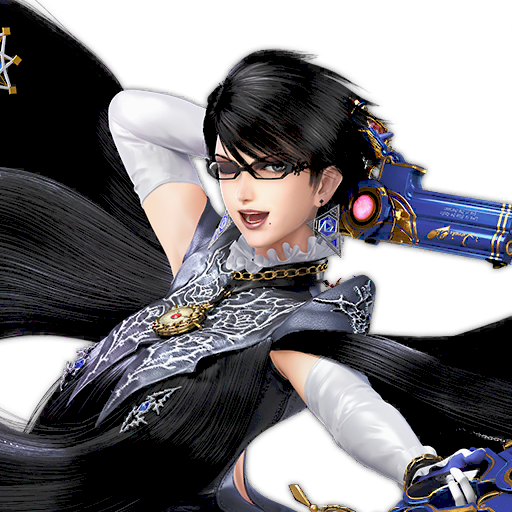
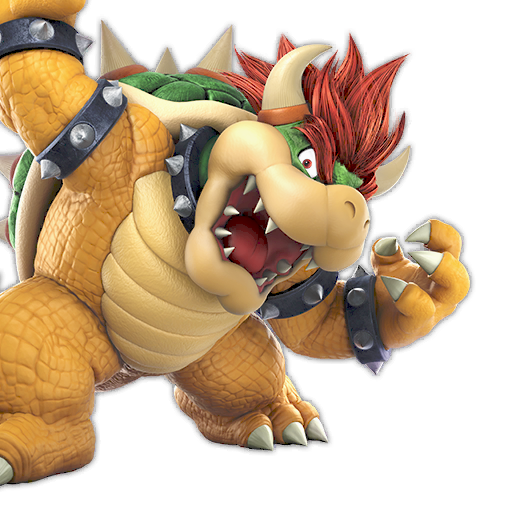
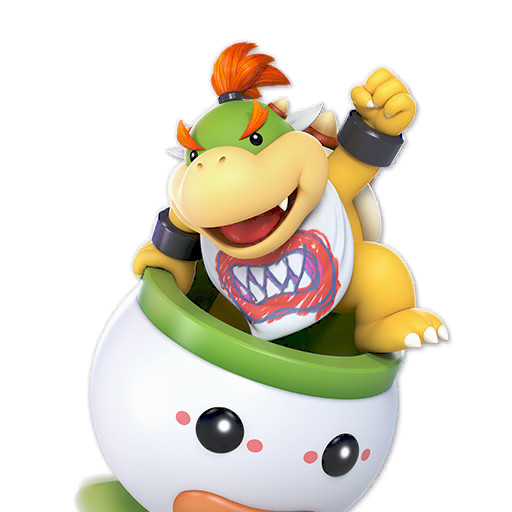
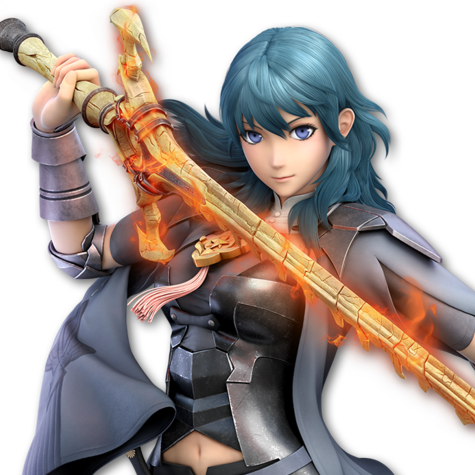
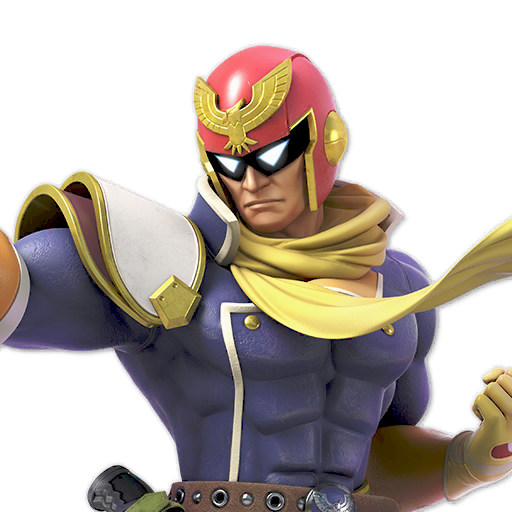
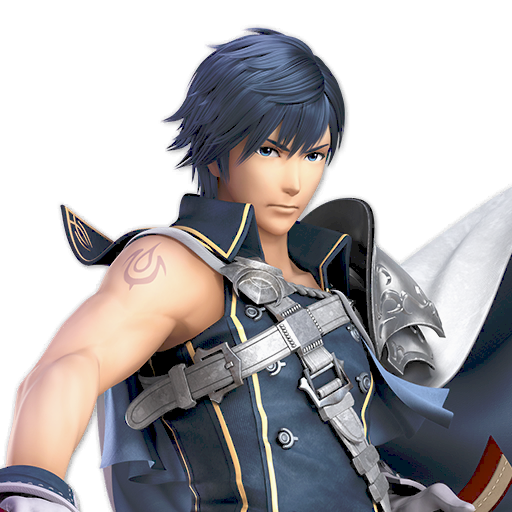
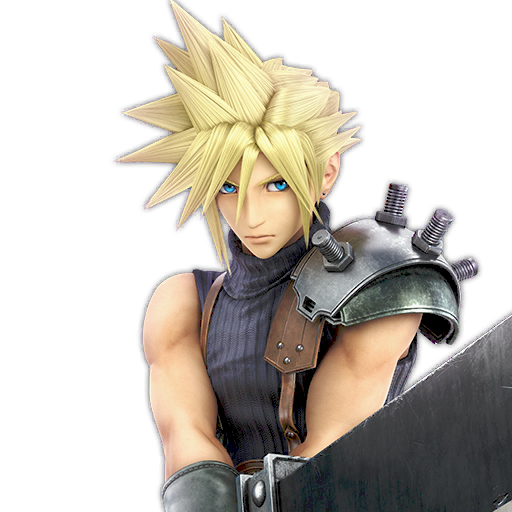
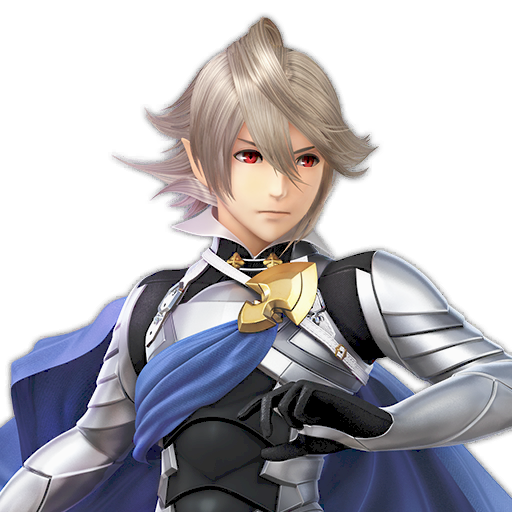
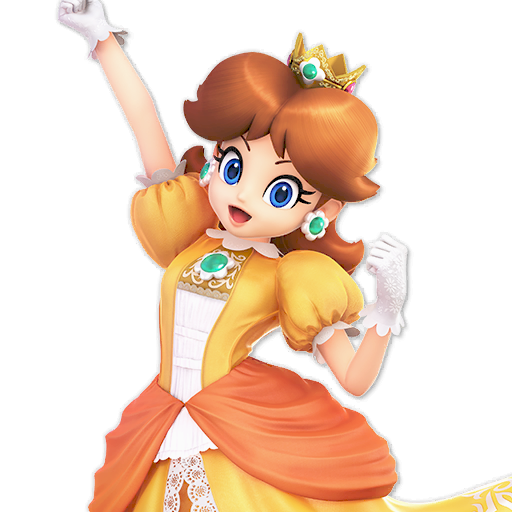
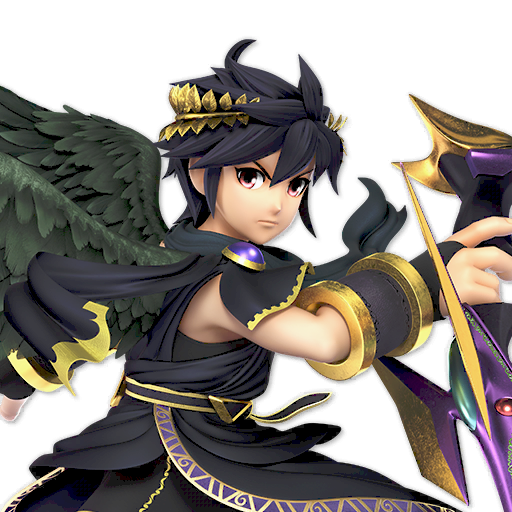
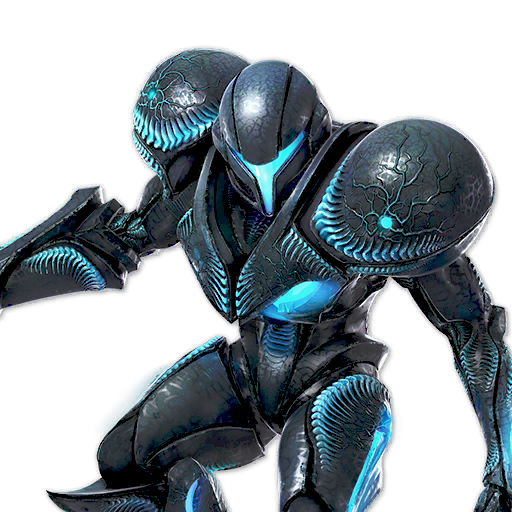




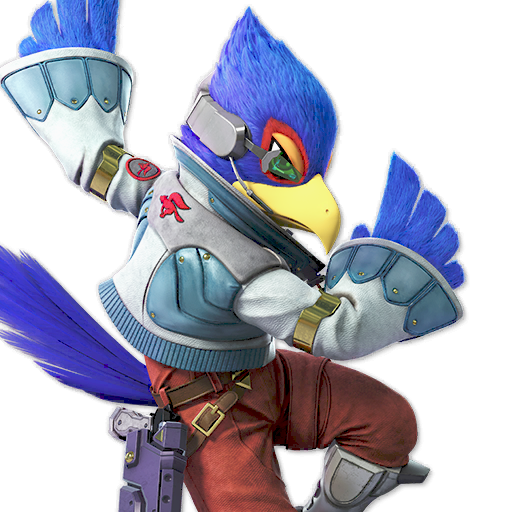

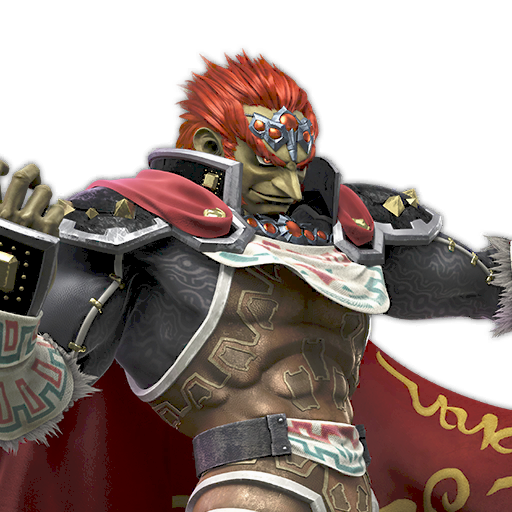
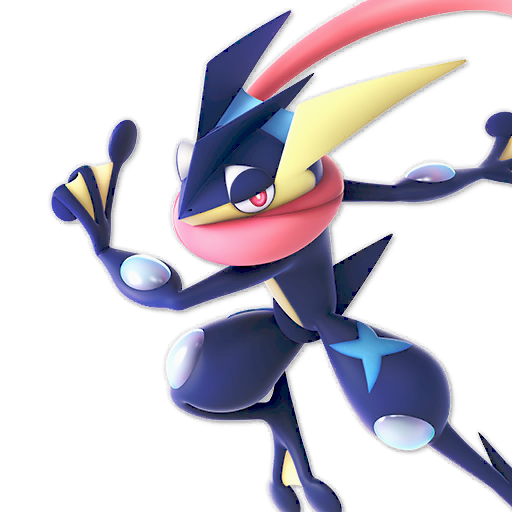


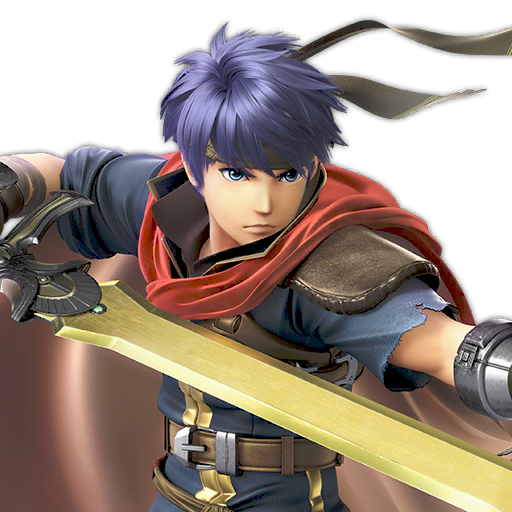
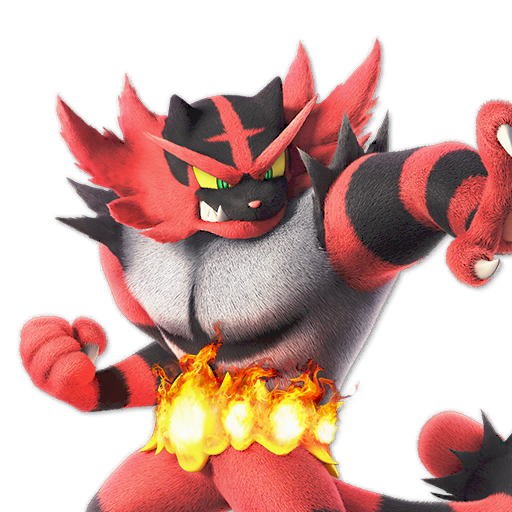
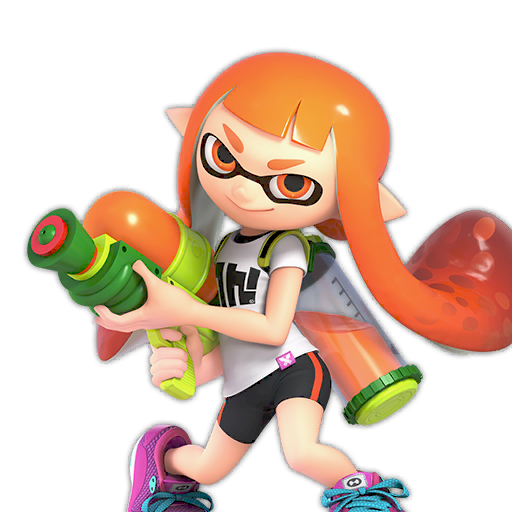



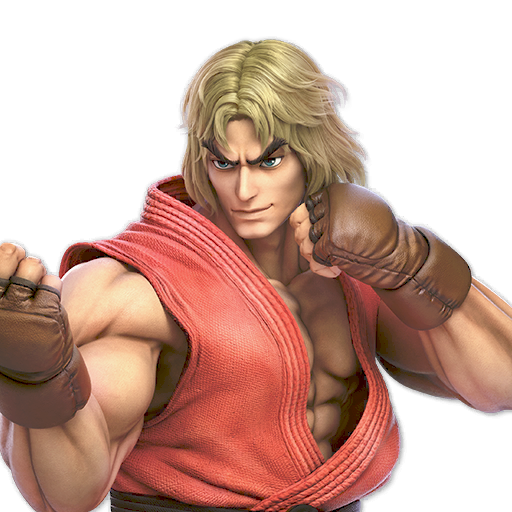
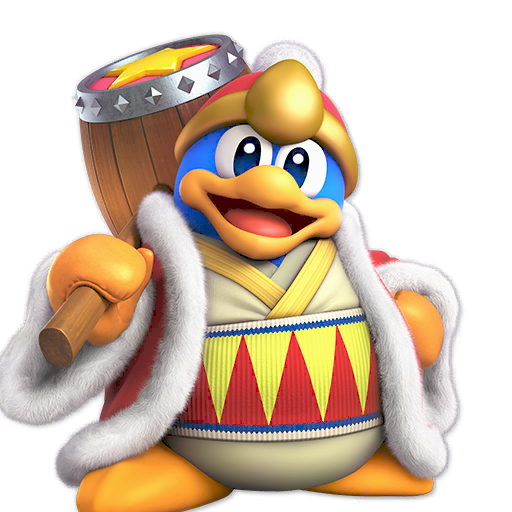
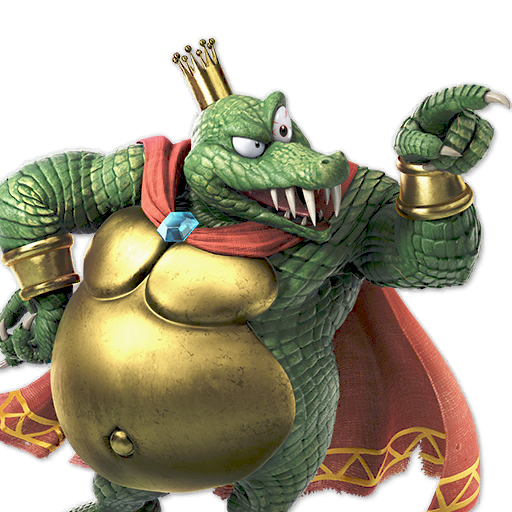
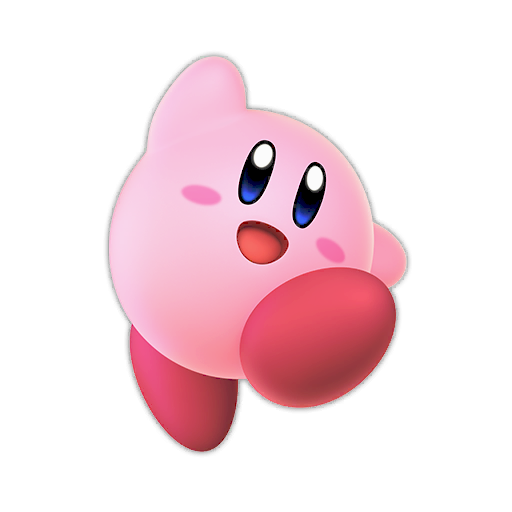
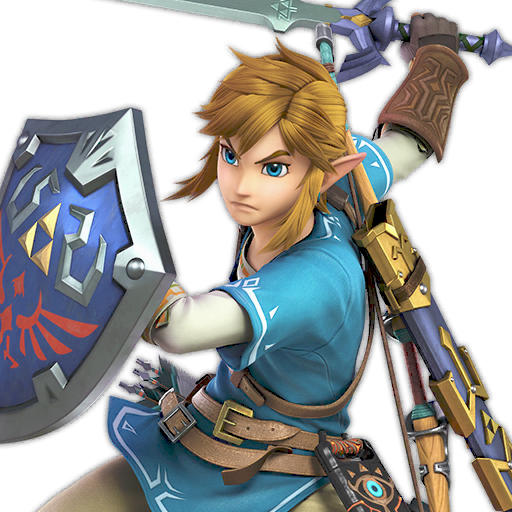
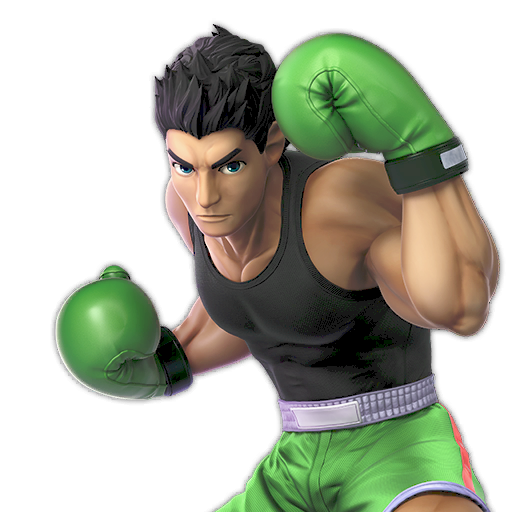
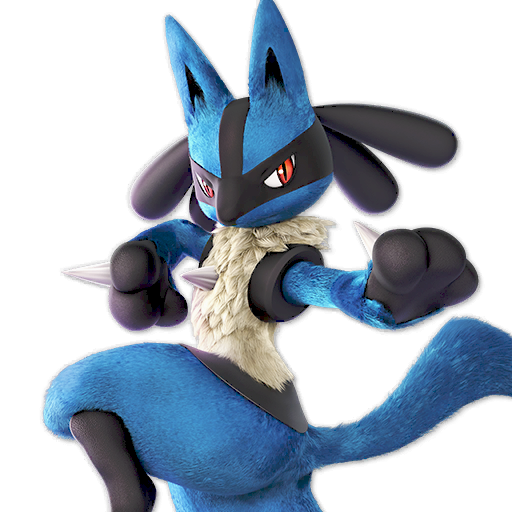

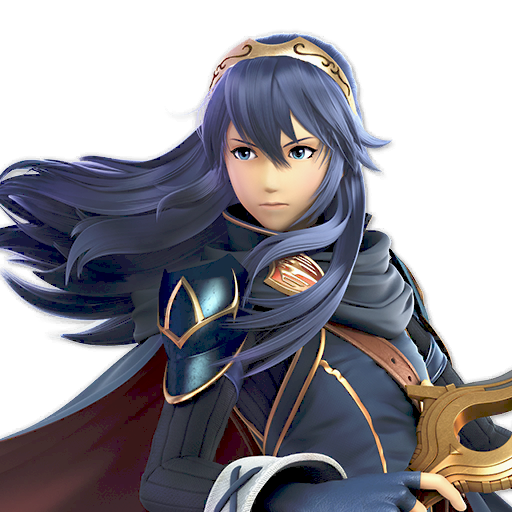
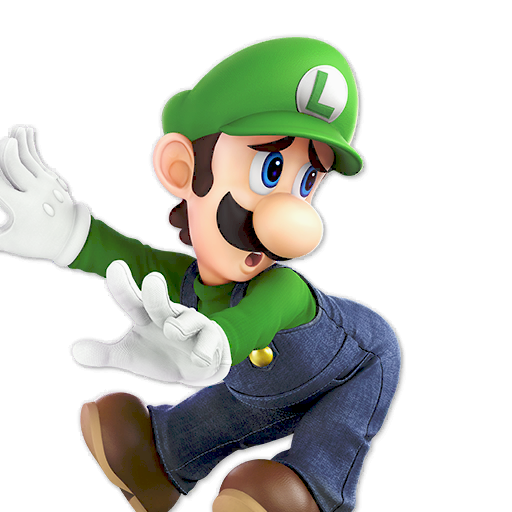
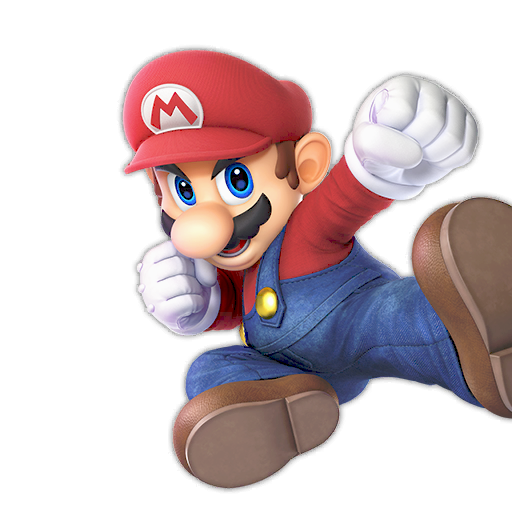
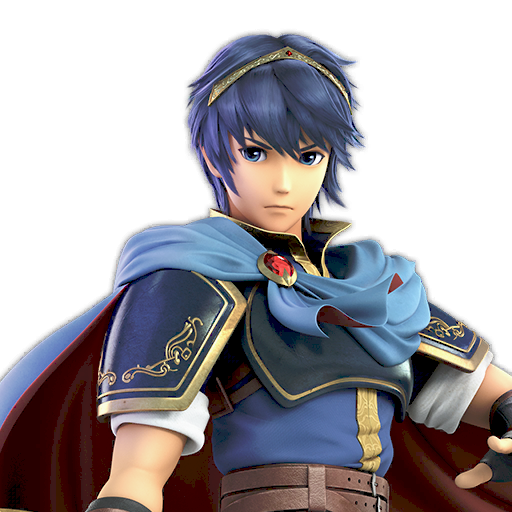
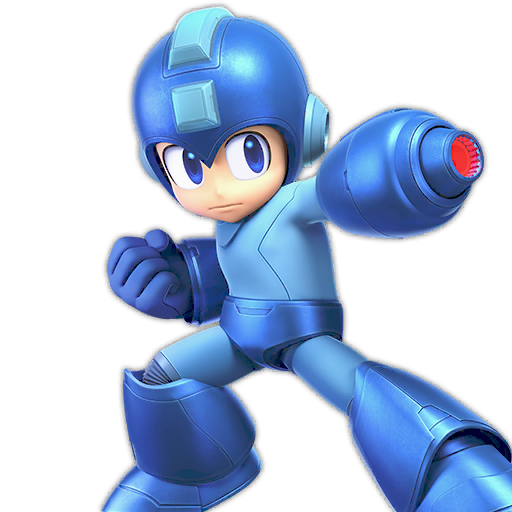
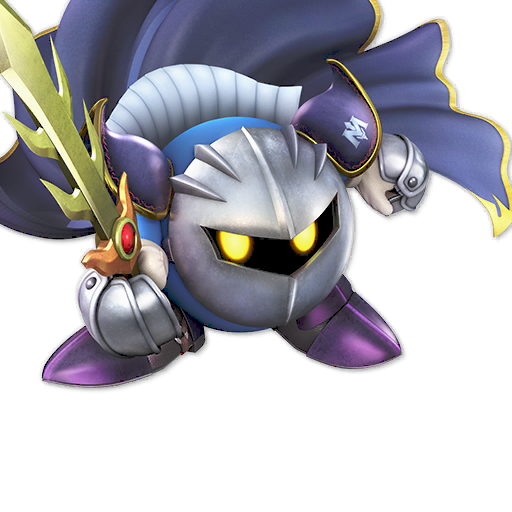
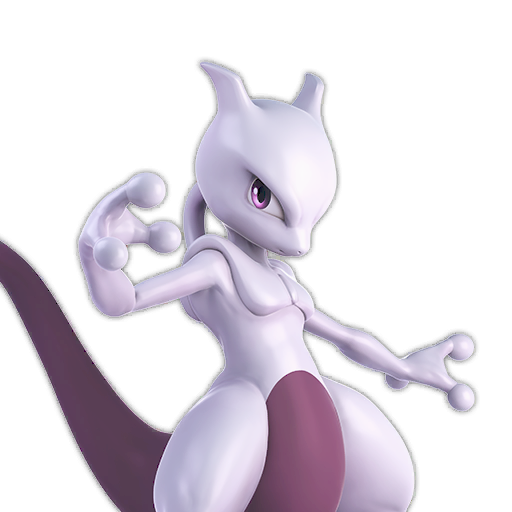
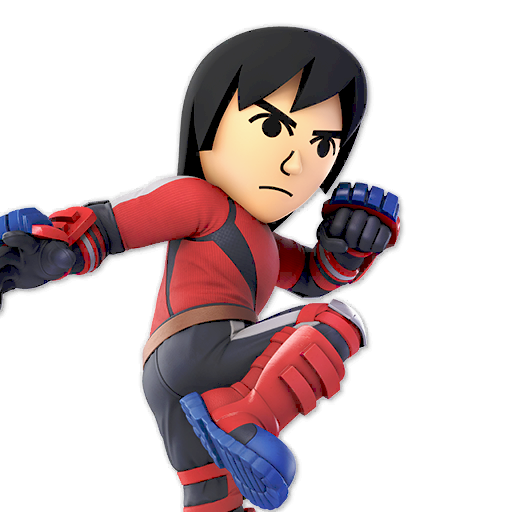
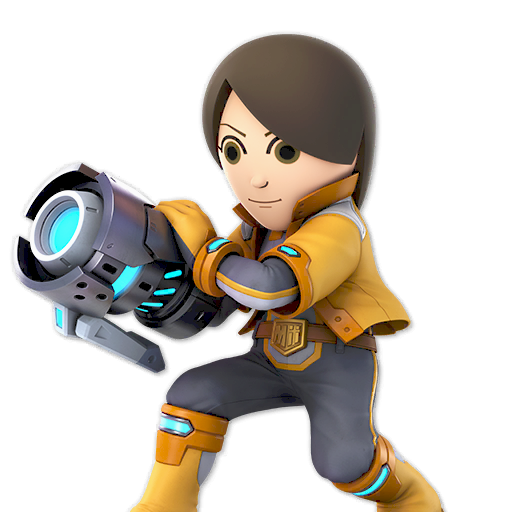

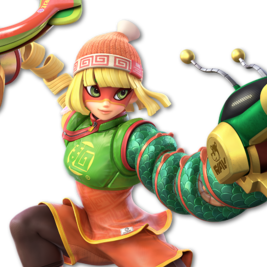
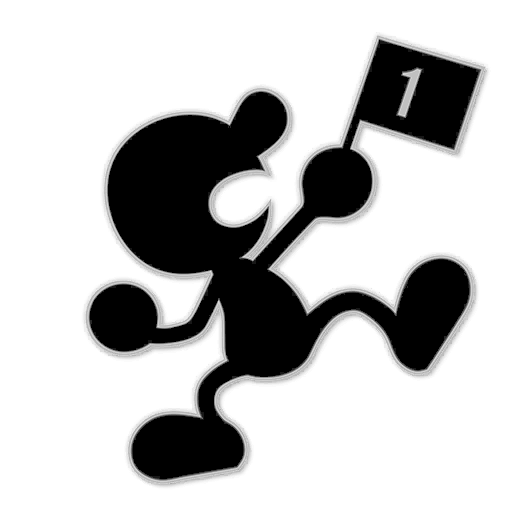
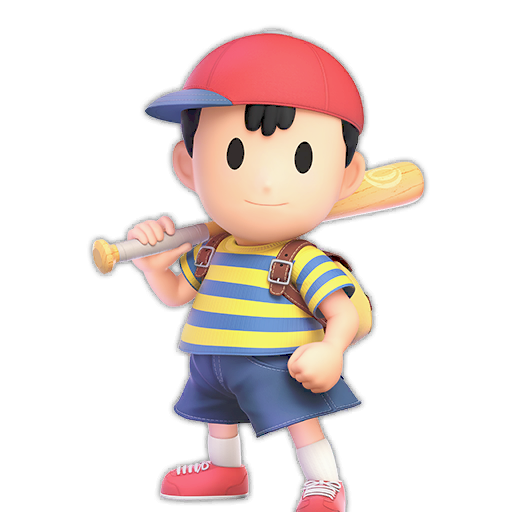
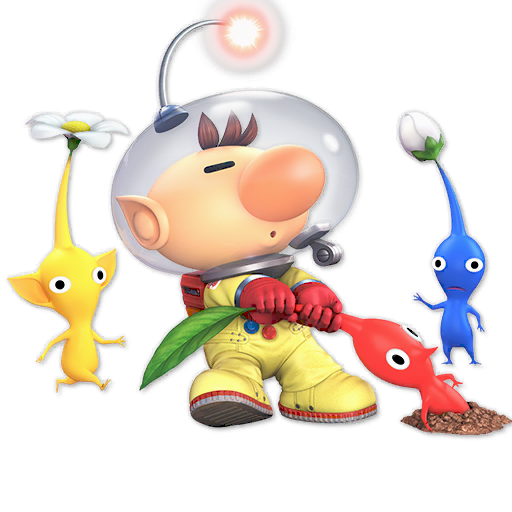
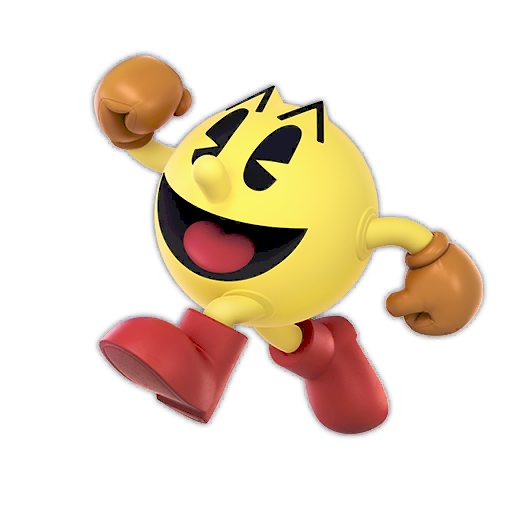

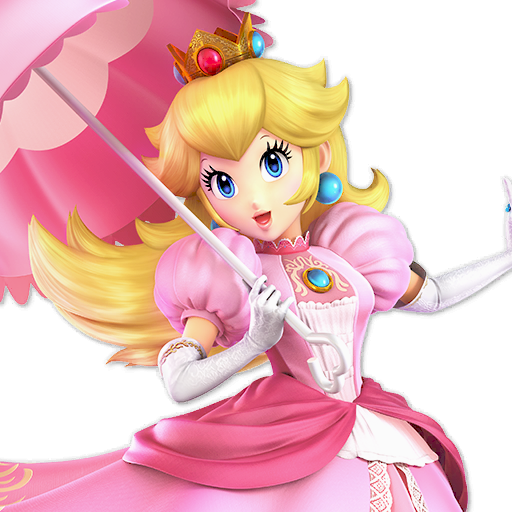



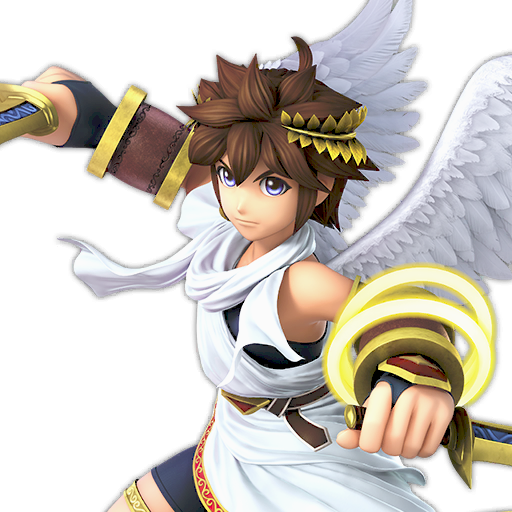
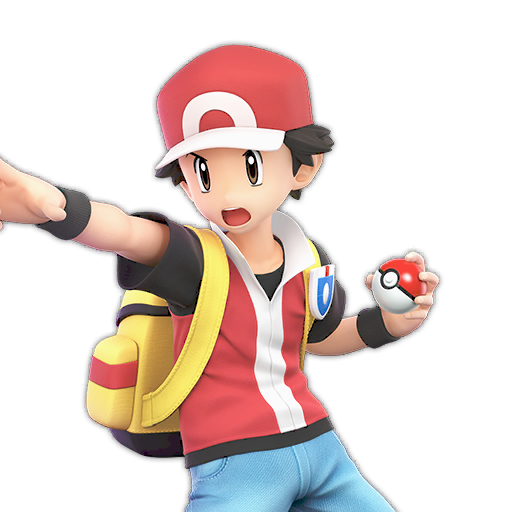
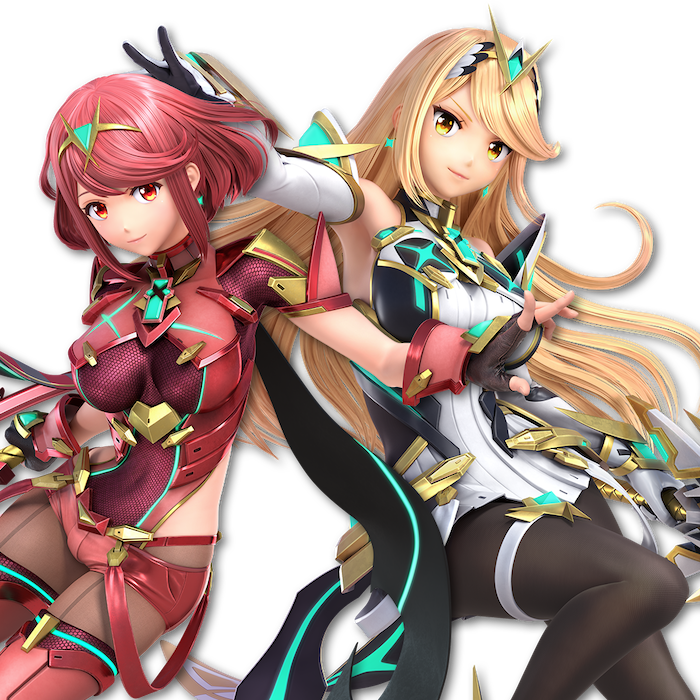
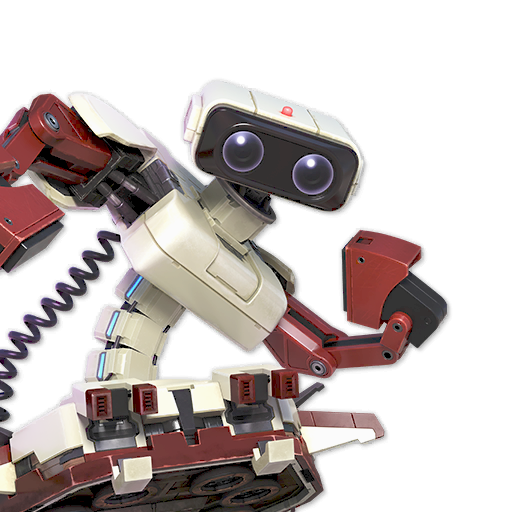
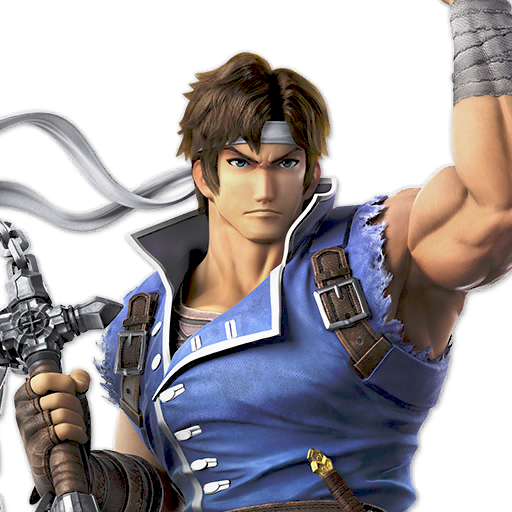
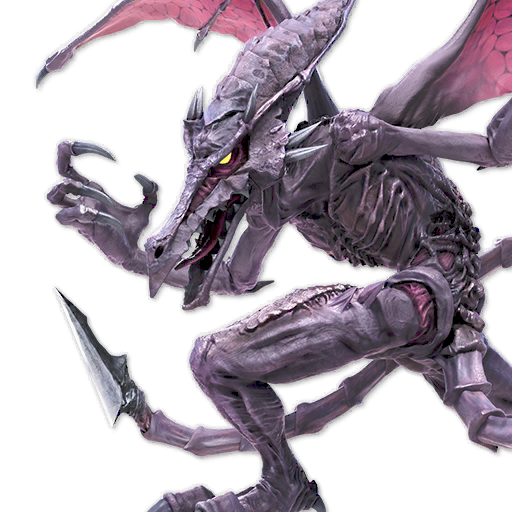
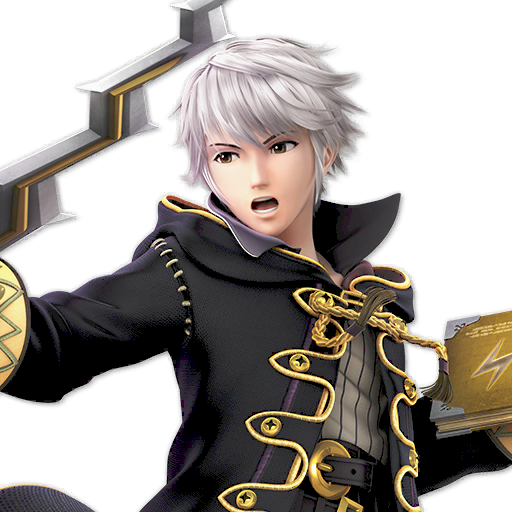
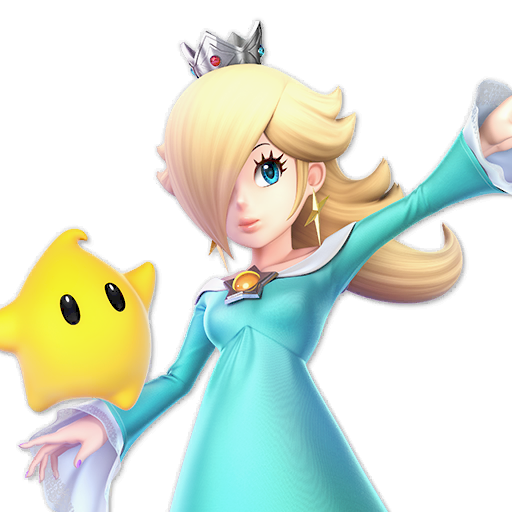
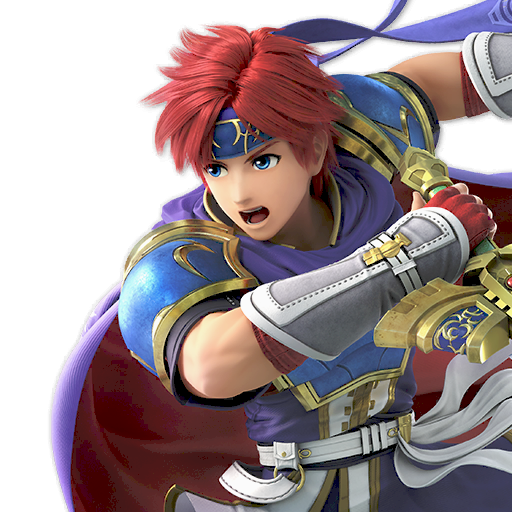
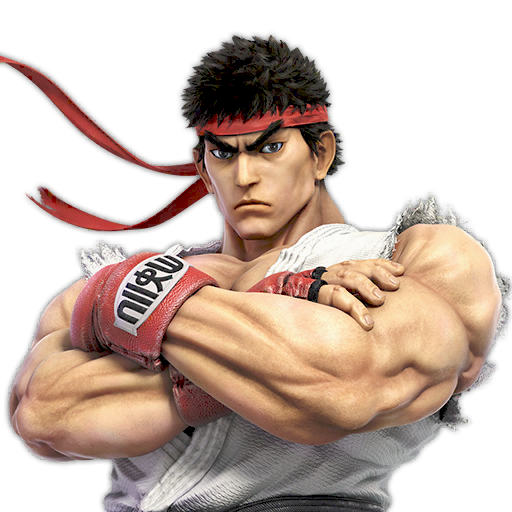
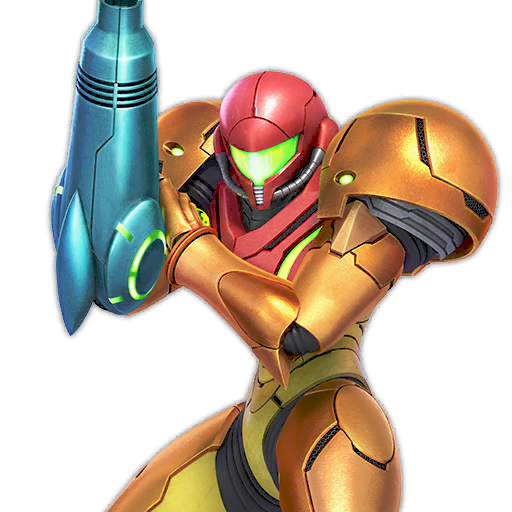
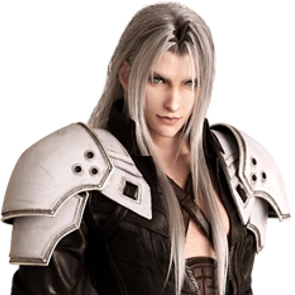
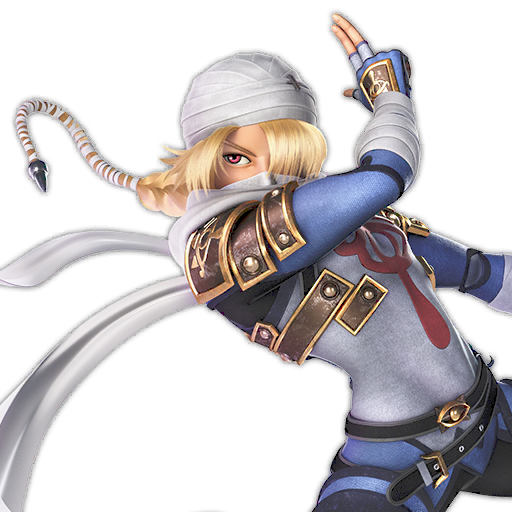
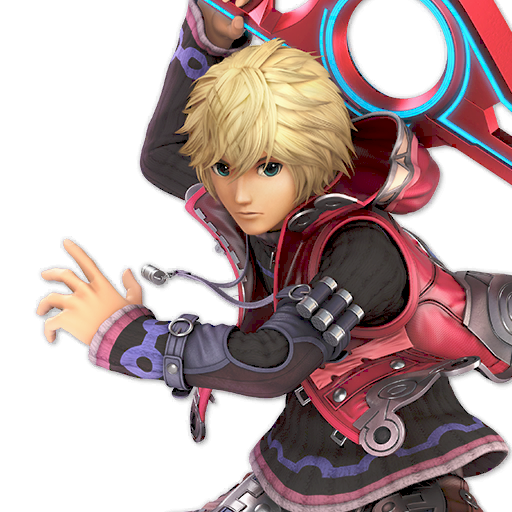
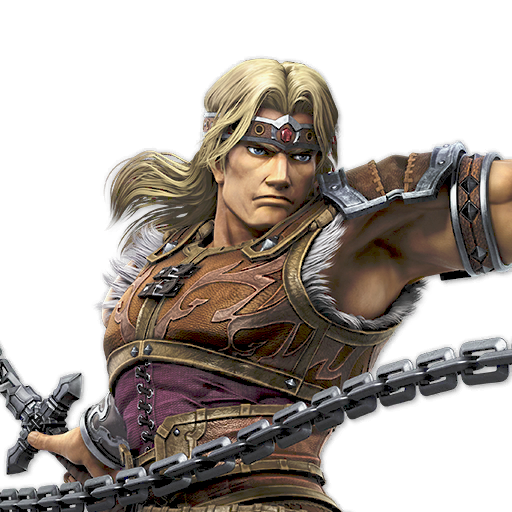
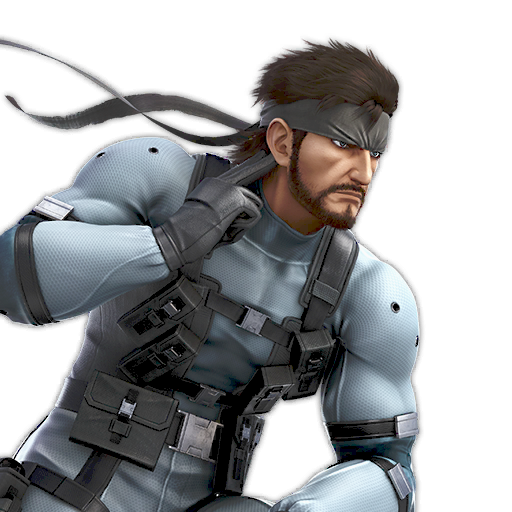
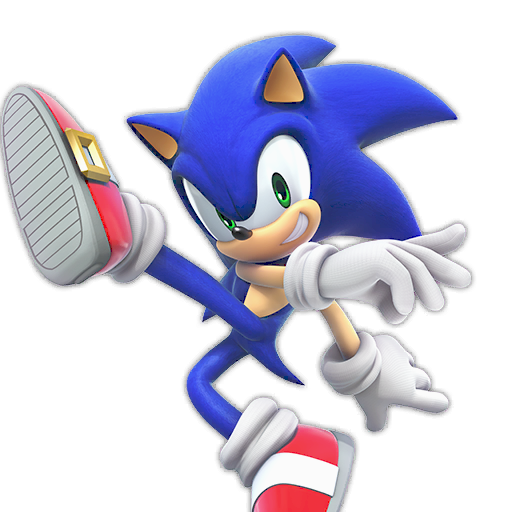
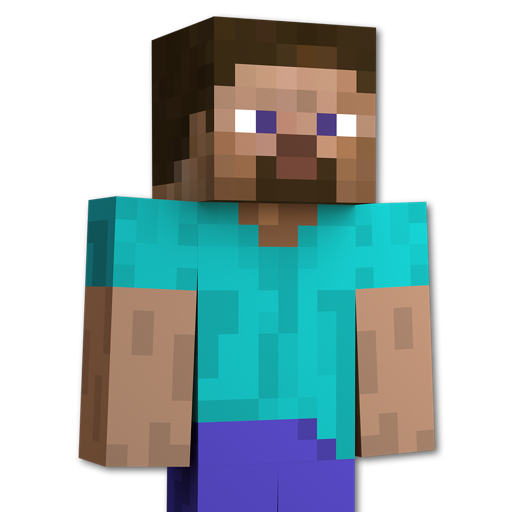
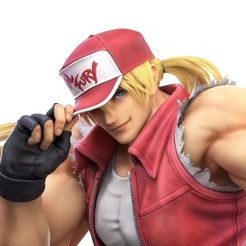
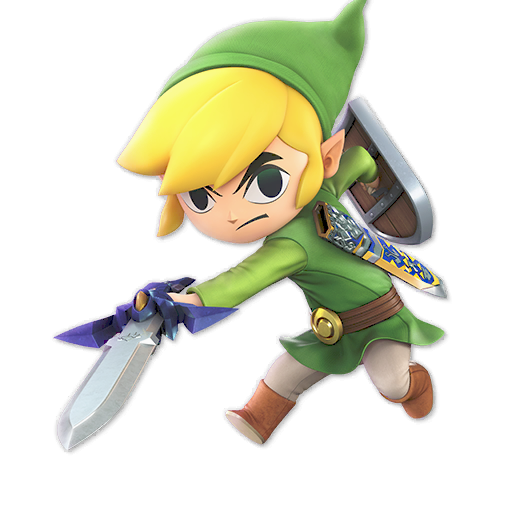
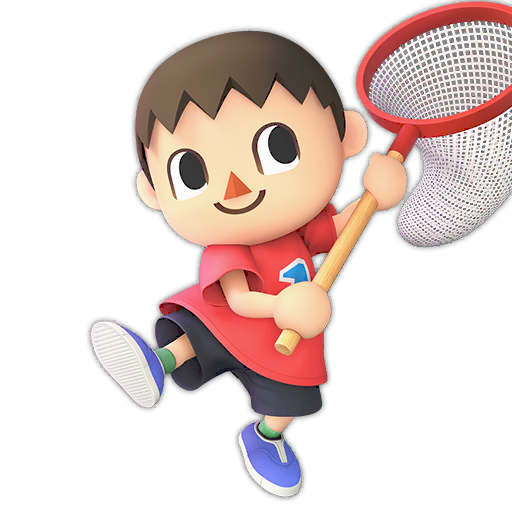
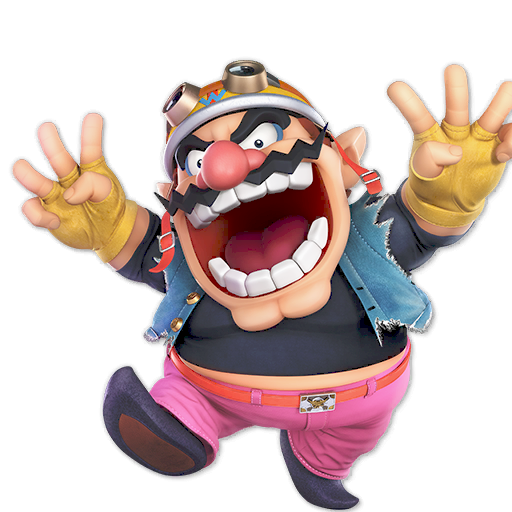
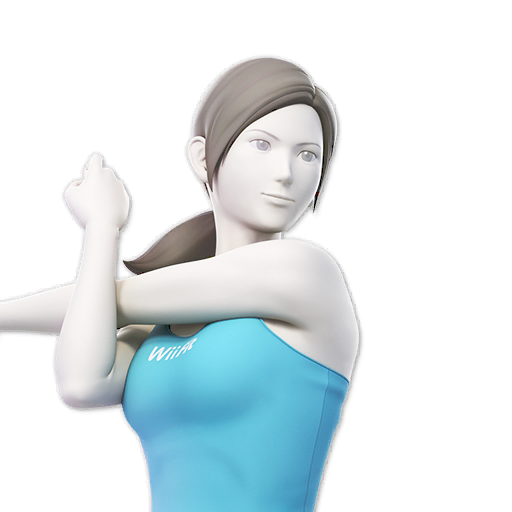


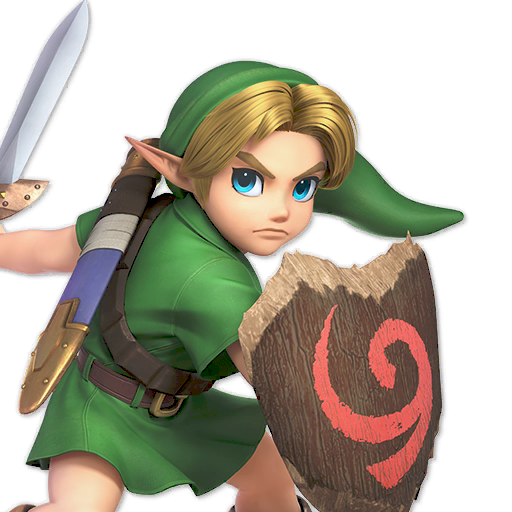
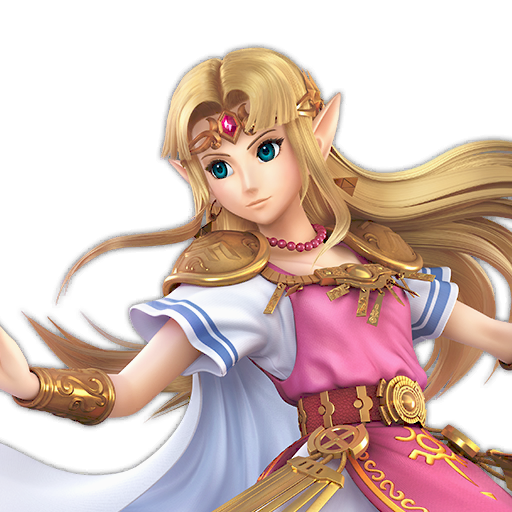
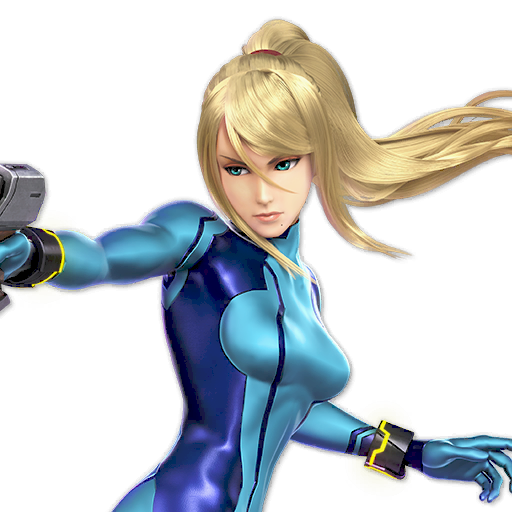
Comments